5 Best Yoga Asanas To Treat Ovarian Cysts
Relax your mind and strengthen your abdomen with the help of some powerful poses.

Image: shutterstock
Anxiety and weight gain can be particularly burdensome for someone with ovarian cysts and PCOS. It is a common condition that affects women of reproductive age and involves hormonal and metabolic issues where you may experience problems like irregular periods, excess hair growth, and acne. So while sending them packing is surely on your to-do list, did you know there are yoga asanas to treat ovarian cysts? Take a look at this post to know what they are and how they can help combat these illnesses.
In This Article
Yoga and PCOS:
Anxiety is a major cause for polycystic ovarian syndrome (PCOS), a hormonal disorder. It affects about 5% to 10% of the female population today. The disorder manifests symptoms such as irregular menstrual cycles, ovarian cysts, infertility, weight gain, hair loss, mood swings, abdominal bloating and others. Causes for PCOS also range from irregular lifestyles to high stress and strain. It is for this reason that experts suggest anxiety reduction as the best cure for PCOS and ovarian cysts (1).
Watch this video to learn the poses for PCOD:
Yoga helps manage the symptoms of PCOS with its relaxation exercises and may act as one of the best natural remedies to improve women’s health. The poses help regulate the functioning of endocrine glands, thereby helping resolve weight, infertility and psychological issues.
According to a cross-sectional online survey conducted with 2434 UK-based yoga practitioners, yoga positively impacted mental health conditions. 16% of them started yoga to manage their physical or mental health conditions. Also, 86.2% and 82.6% of participants reported improvement in mental health and stress management, respectively.
Alyssa Castellanos, a blogger dealing with PCOS, shares the positive impact of Yin Yoga on managing the condition’s symptoms. She writes, “There were unintended benefits that I did not expect. My original intention was to move my body and try a new exercise, but I found that practicing Yin Yoga consistently is helping reduce the discomfort that comes with PCOS (i).”
Here are the best yoga poses for women dealing with ovarian cysts.
Key Takeaways
- Ovarian cysts may lead to pain and discomfort in the lower abdominal area.
- Practicing certain yoga poses like butterfly pose and cobra pose may help relieve these symptoms.
- They target muscles near the affected region and boost circulation in the area.
- These yoga poses may help alleviate anxiety and stimulate metabolism as well.
1. Butterfly Pose:
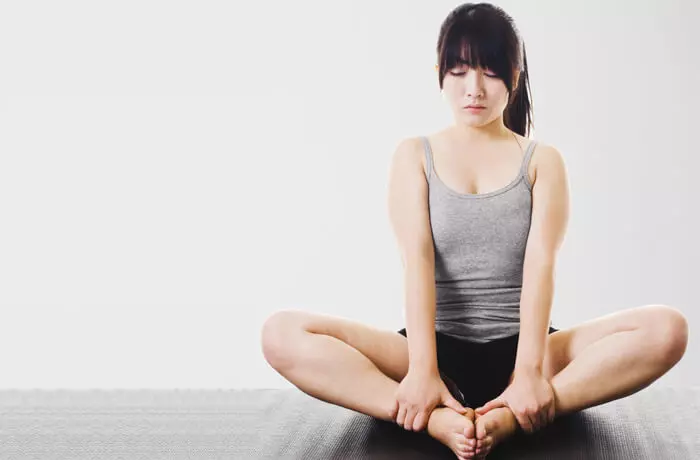
The butterfly pose, also called the Purna Titli Asana, is very simple and helps to open up the hips. It is also a great stretching exercise for the thighs, relieving stress.
- Sit on the floor in a lotus pose.
- Bend your knees and make the soles of your feet touch each other.
- Try to position your legs in such a way that they are placed as close to the pubic area as possible.
- Pull the inwards as much as possible.
- Keep your back straight and hold the feet with your hands.
- Breathe deeply, and as you exhale try to push your knees down towards the ground with your hands.
- Stay within your comfort level as this requires practice.
- Allow the knees to come back up as you exhale in a flapping motion.
- Repeat the process for 15 to 20 times.
2. Reclining Butterfly Pose:
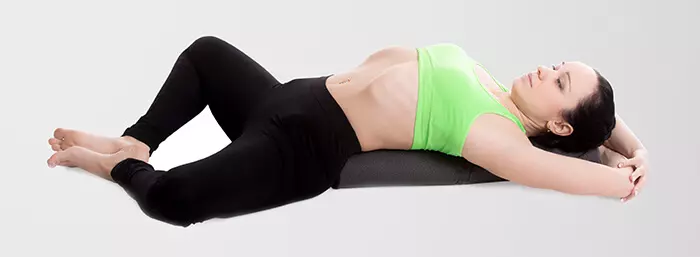
This pose is similar to the butterfly pose, but is performed lying down. It is extremely relaxing and also stimulates the abdominal organs.
- Start with the position of the butterfly pose.
- Slowly, lean back and lower your upper body as you exhale.
- Using your hands for support, balance the back of your pelvis and lower back.
- Bring your torso to the floor until your back touches the floor.
- You can use a pillow to support your head and neck.
- Keep your arms at your sides with the palms up.
- At this point the knees are facing away from the hip, with the feet facing towards the pelvis.
- Try not to stretch the thigh muscles too hard. Let the knees hang in the air and breathe deeply for 10 minutes.
3. Cobra Pose:
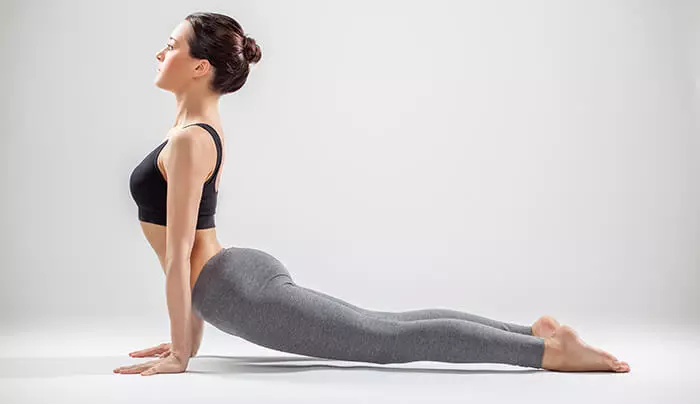
The cobra pose relieves anxiety and stress besides improving blood circulation.
- Begin by lying down on the stomach, forehead facing the floor.
- The feet should slightly touch each other, while the hands are under the shoulders, palm down and parallel to each other.
- On an inhalation, lift your chest and head, until your navel.
- Use the support of your hands to keep your upper body off the floor.
- As you breathe deeply, stretch back and feel your spine curve.
- Keep the shoulders downwards and relaxed, while the elbows can be slightly bent.
- Maintain the pose for as long as you are comfortable.
 Quick Tip
Quick Tip4. Bharadvajasana:
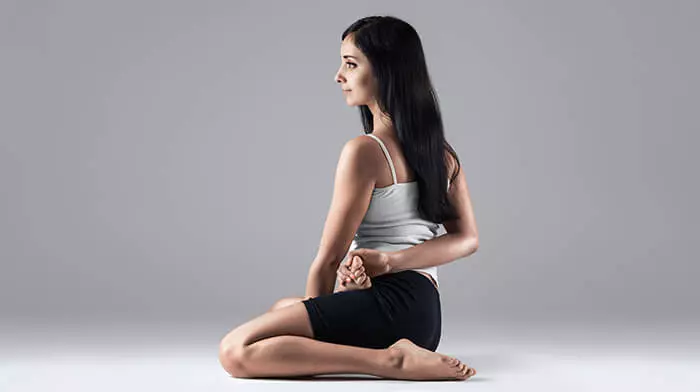
Also called the Bharadvaja’s twist, this pose helps to improve metabolism and regenerates abdominal organs. This pose is particularly suited for pregnant women.
- Sit on the floor and stretch the legs before you.
- Relax your hands at your side and bend your knees towards the left hip.
- Now, the weight of your body is resting on the right buttock.
- As you breathe, lengthen your spine as twist your upper body as much as possible. Use the right hand placed on the floor for balance.
- Press the weight of your body from the hip towards the floor.
- Bend slightly in this position and feel the pull from the base of your spine to the head.
- Hold the position for a few minutes and repeat the twist on the other side.
5. Chakki Chalanasana:
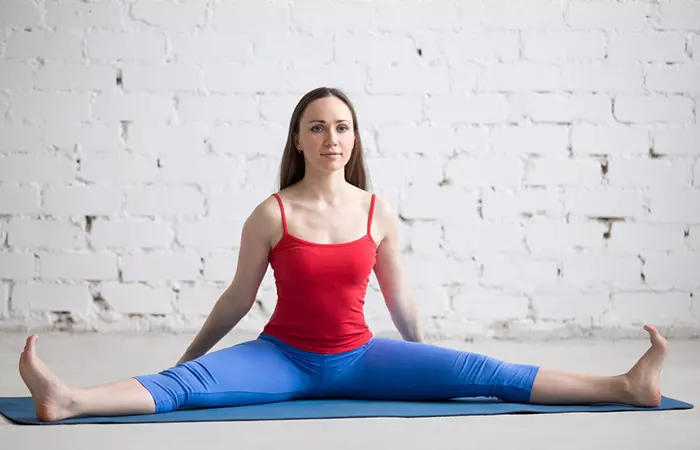
This pose is called ‘moving the grinding wheel’, a great physical therapy for self-care that has many health benefits. Importantly, it helps improve the function of many abdominal organs.
- Sit on the floor, keeping your legs wide apart.
- Bring hands together, interlock fingers and turns palms outside.
- Extend the arms outward so that the backs of the hands are facing you and the elbows are straight.
- Here, start moving the hands in a circular motion horizontal to the ground, as if using a grinding wheel.
- Bend at the waist using the lower back. Remember to keep the arms straight and not to bend the elbows.
- Inhale when hands come towards you and exhale when they move outwards.
- Move forwards and backwards in large circular movements, covering the toes.
- Repeat the process for 10 to 15 times in both clockwise and anticlockwise directions.
 Quick Tip
Quick TipIn addition to these yoga asanas, you can also incorporate a few lifestyle changes to improve the symptoms of ovarian cysts.
Impactful Lifestyle Changes
Here are a few lifestyles tips that may complement the effects of the asanas (2):
- Eat a balanced diet rich in fruits, vegetables, whole grains, and lean proteins to support hormone balance.
- Engage in regular physical activity, like walking or yoga, to help regulate hormones and manage weight.
- Practice stress-reducing techniques such as meditation or deep breathing to lower stress levels, which can affect hormonal health.
- Drink plenty of water throughout the day to keep your body and hormones functioning properly.
- Aim for 7-8 hours of quality sleep each night to support overall health and hormone regulation.
Infographic: 5 Yoga Asanas To Treat Ovarian Cysts
Yoga not only relaxes you and boosts your general health, but it also regulates the functioning of the endocrine system. This can especially be helpful for those dealing with weight gain or the other symptoms of PCOS. It works by stimulating your abdomen and hips and helps improve blood circulation and flexibility. In the infographic below, we have listed 5 yoga asanas that can help in dealing with ovarian cysts. Take a look.

Illustration: StyleCraze Design Team
You need to first work on alleviating your anxiety to reduce PCOS and ovarian cysts, and there is no better way to address your anxiety other than yoga. These yoga asanas may act as alternative medicine and use a holistic approach to treat ovarian cysts, work on your hips, stretch your thighs, relieve stress, stimulate and regenerate abdominal organs, reduce anxiety, and enhance blood flow and metabolism. These poses are highly effective in checking the other symptoms of PCOS as well, like your irregular menstrual cycle, weight gain, hair loss, bloating, infertility, and mood swings. Practicing these yoga poses every day can improve your health, wellness and even reverse fertility issues, so get ready to be amazed by the terrific results!
Frequently Asked Questions
Is Kapalbhati good for ovarian cysts?
Yes. Kapalbhati is considered beneficial in managing ovarian cysts (1). However, more research is required to prove this claim.
Is Surya Namaskar good for PCOS?
Yes, Surya Namaskar (Sun Salutation) may help reduce weight. It provides stress relief and relaxation and enables meditation with breathing techniques that ultimately aid hormone balance and stabilize the function of the hypothalamus and pituitary gland to manage PCOS (3).
Is Anulom Vilom good for PCOS?
Yes. Anulom Vilom (a type of pranayama) may help with PCOS management. Studies found that pranayama can reduce stress, anxiety, and improve other PCOS symptoms (4).
Illustration: Best Yoga Asanas To Treat Ovarian Cysts - Step-By-Step Guide
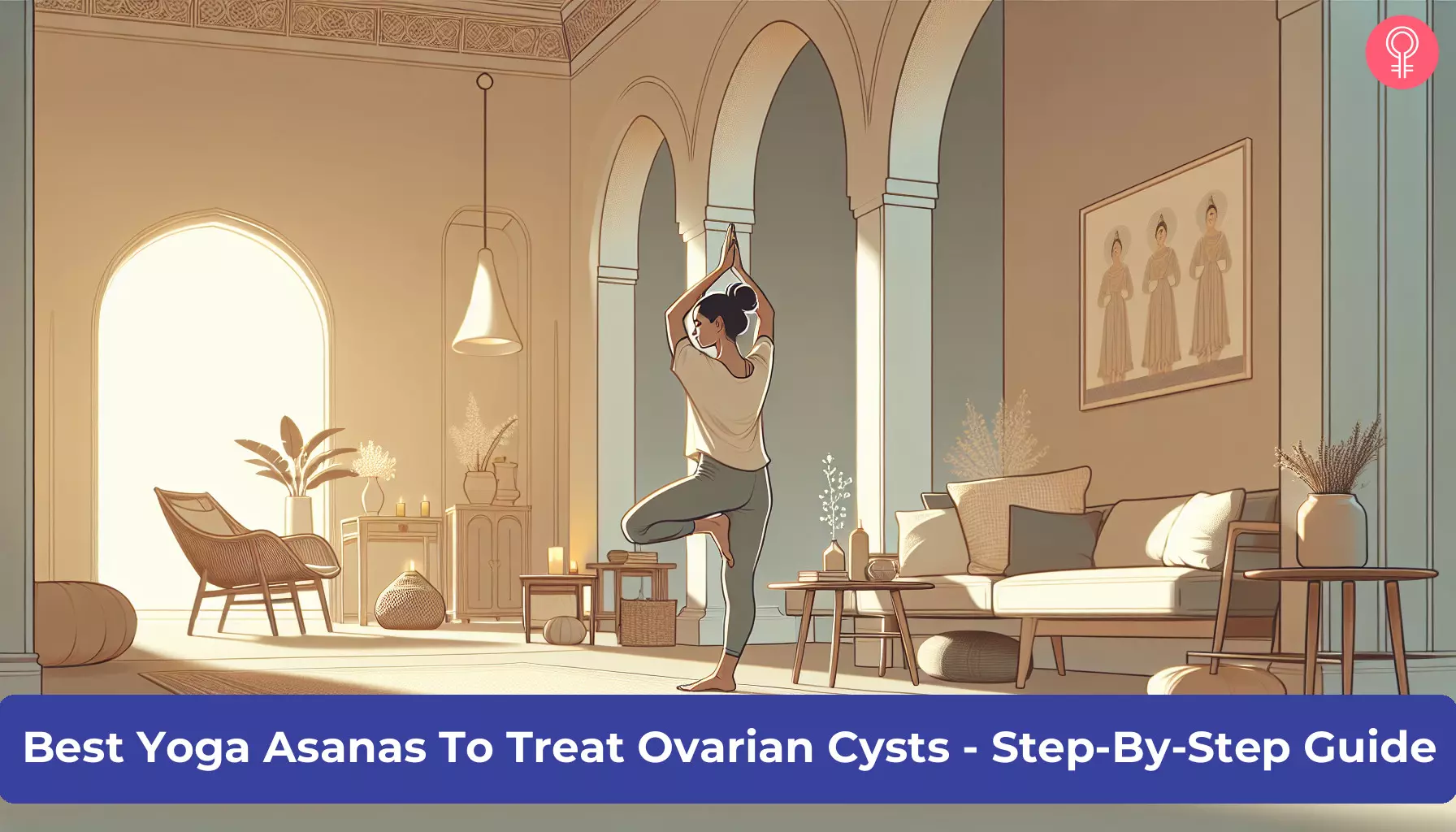
Image: Dall·E/StyleCraze Design Team
Personal Experience: Source
StyleCraze's articles are interwoven with authentic personal narratives that provide depth and resonance to our content. Below are the sources of the personal accounts referenced in this article.
i. How Yin Yoga Helped Reduce My PCOS Symptomshttps://medium.com/in-fitness-and-in-health/how-yin-yoga-helped-reduce-my-pcos-symptoms-9110110cc9ae
References
Articles on StyleCraze are backed by verified information from peer-reviewed and academic research papers, reputed organizations, research institutions, and medical associations to ensure accuracy and relevance. Read our editorial policy to learn more.
- Kapalabhati pranayama: An answer to modern day polycystic ovarian syndrome and coexisting metabolic syndrome?
https://www.ncbi.nlm.nih.gov/pmc/articles/PMC4959327/ - Lifestyle management in polycystic ovary syndrome – beyond diet and physical activity
https://pmc.ncbi.nlm.nih.gov/articles/PMC9841505/ - Management of PCOS: A Psychosomatic Disorder by Yoga Practice
https://www.researchgate.net/publication/319082083_Management_of_PCOS_A_Psychosomatic_Disorder_by_Yoga_Practice - The Positive effects of Asanas and Pranayama on PCOS and How to deal with hormonal imbalance?
https://www.researchgate.net/publication/353644174_The_Positive_effects_of_Asanas_and_Pranayama_on_PCOS_and_How_to_deal_with_hormonal_imbalance
Read full bio of Pratibha Agarwal
Read full bio of Jyotsana Rao
Read full bio of Arshiya Syeda
Read full bio of Moksha Gandhi






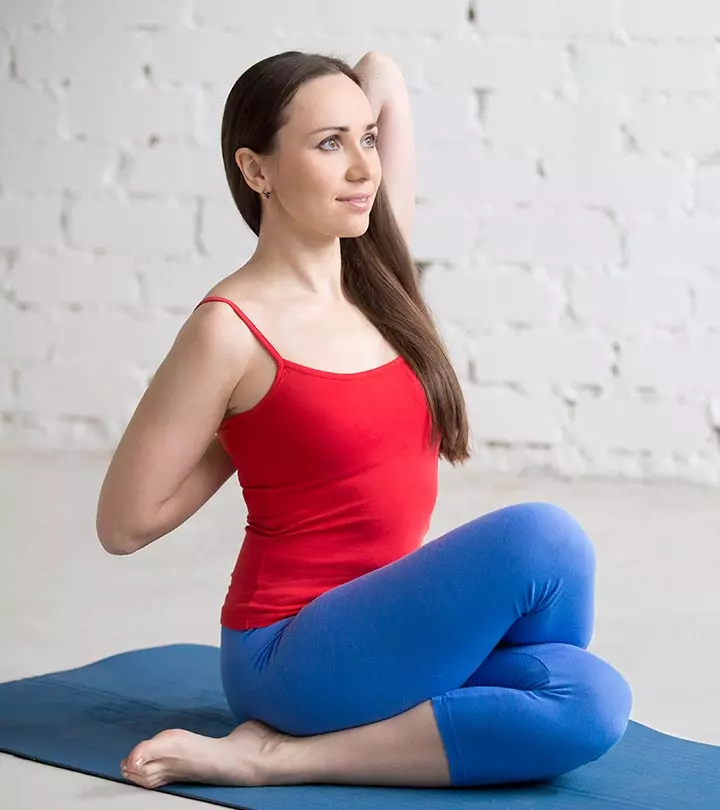

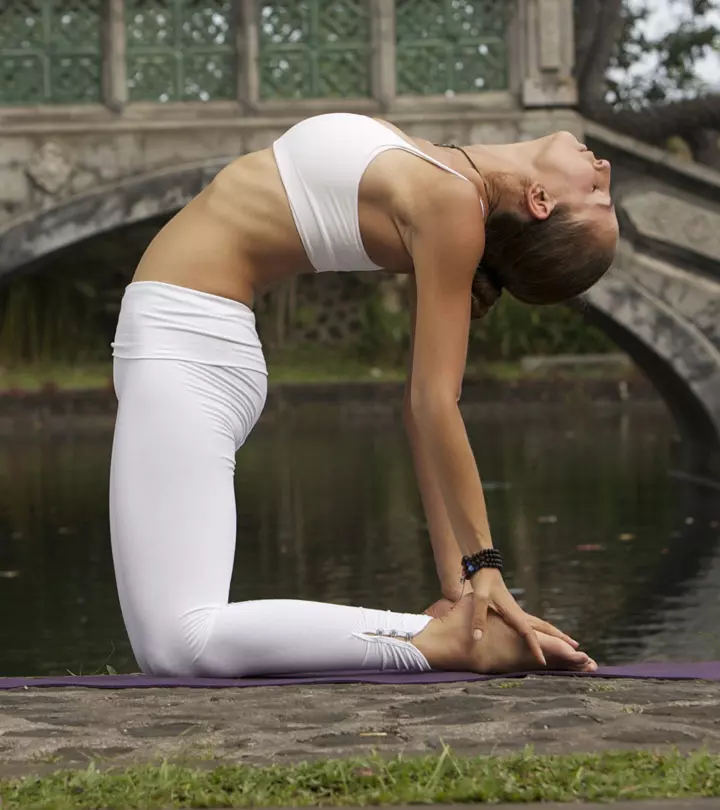
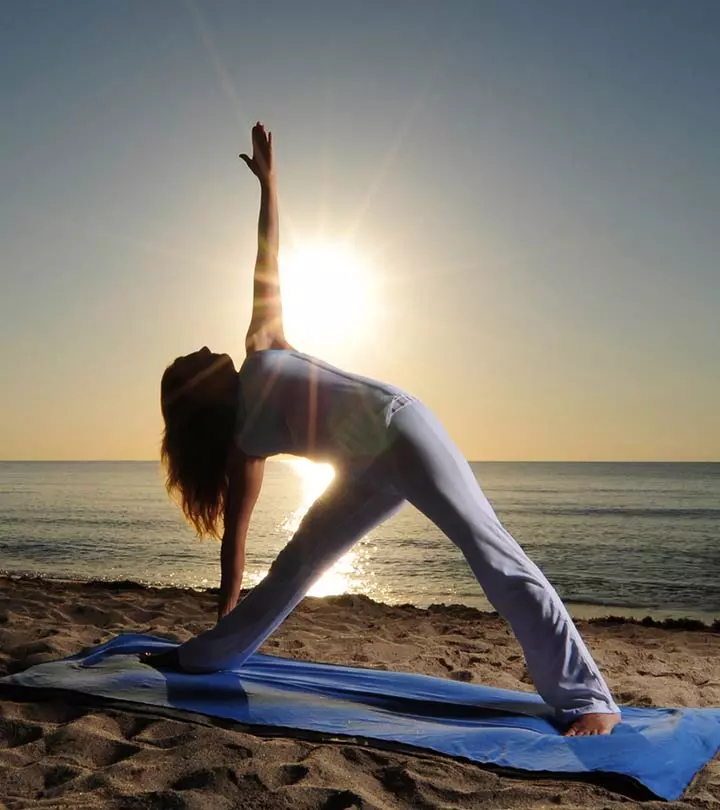
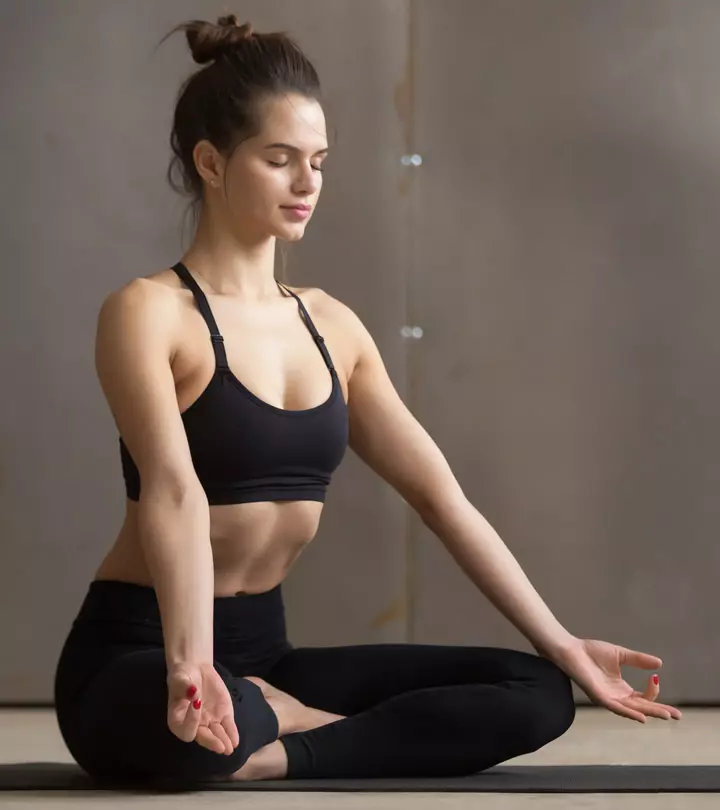

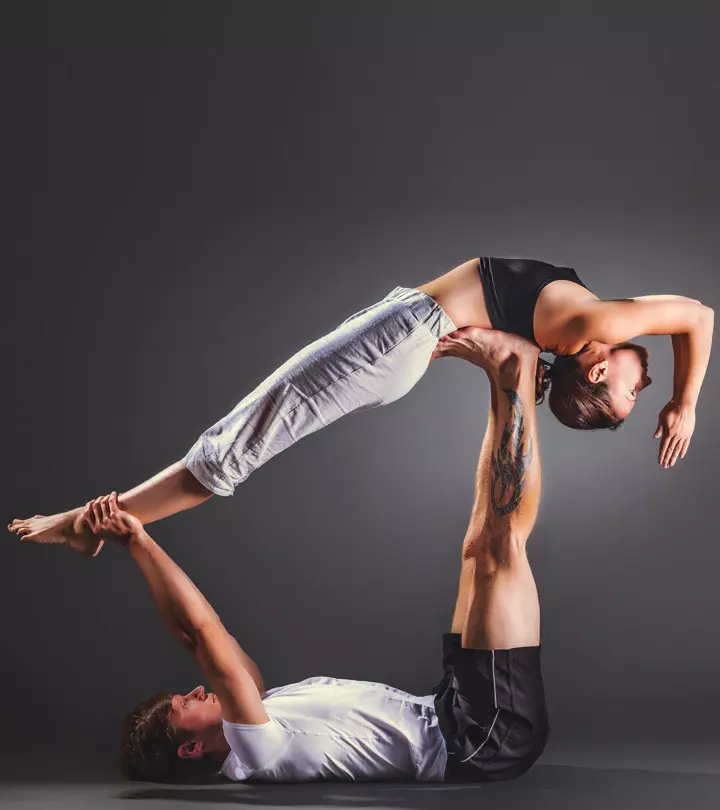


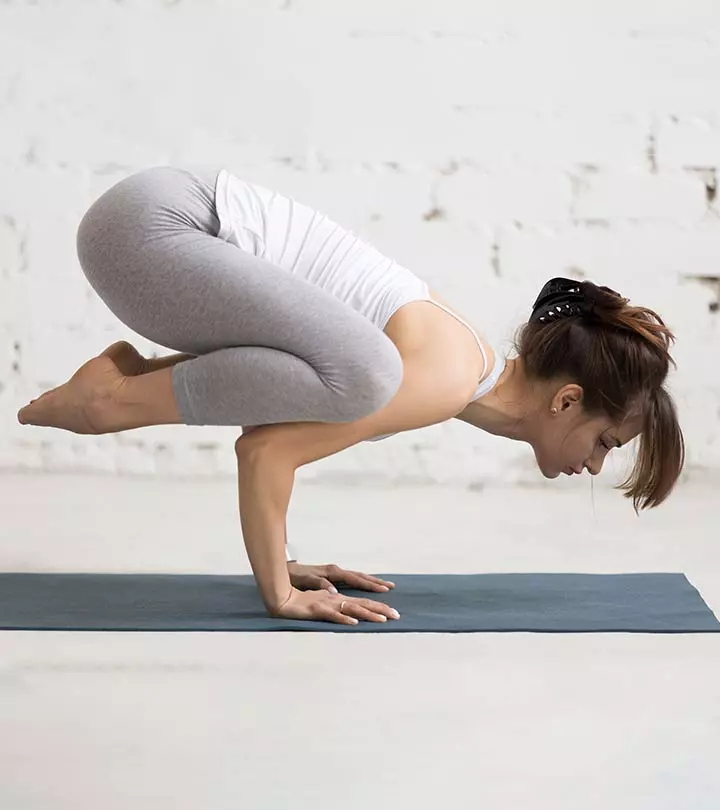

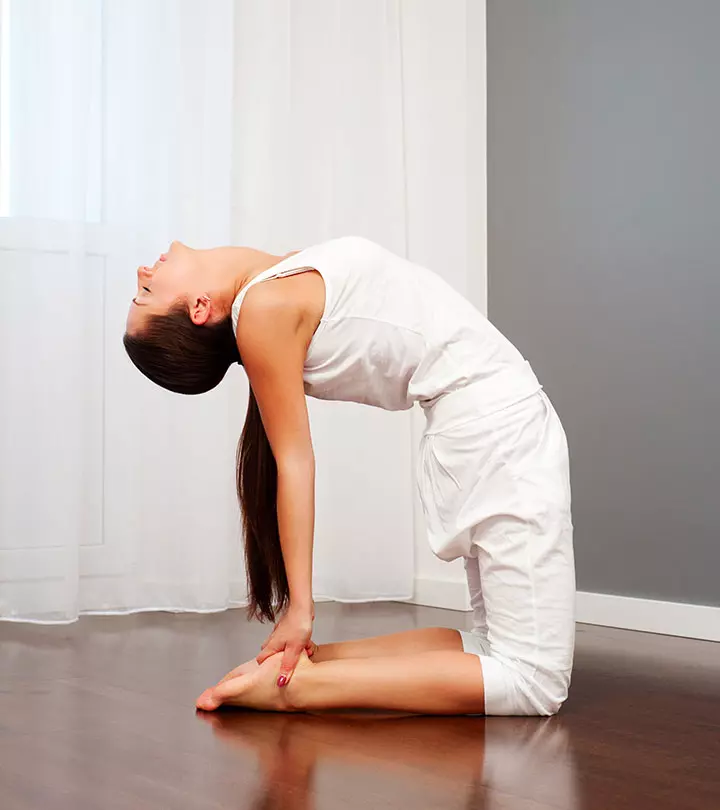
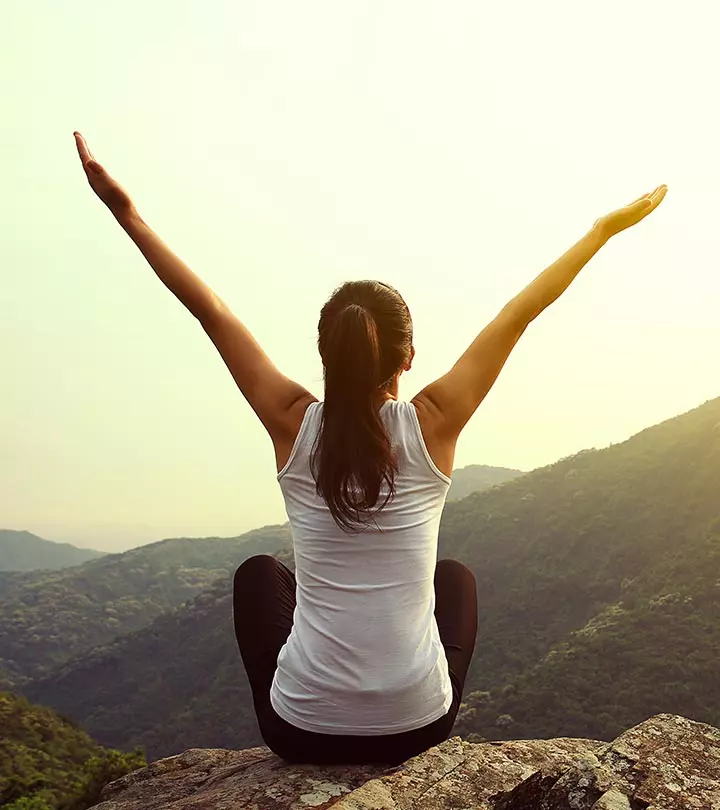
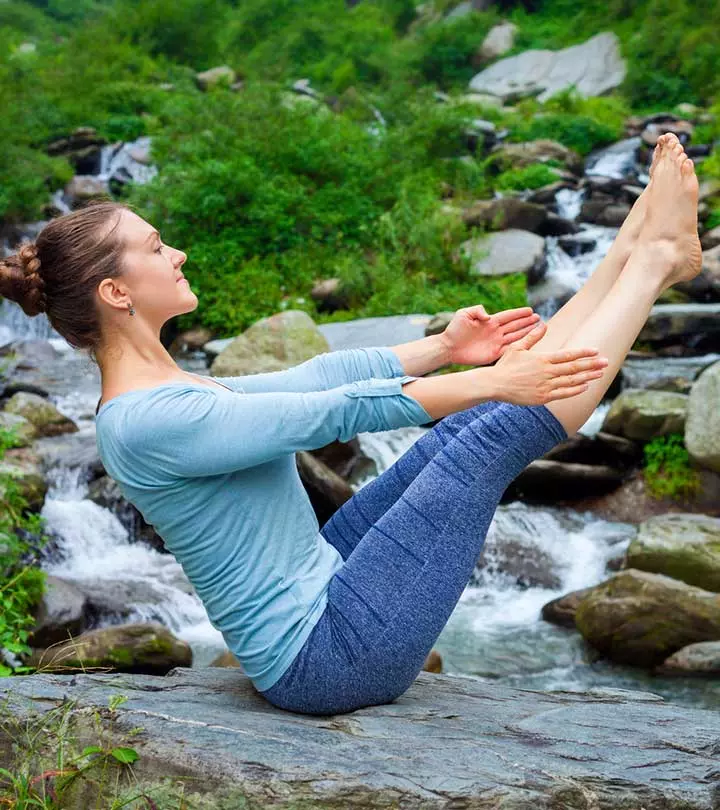
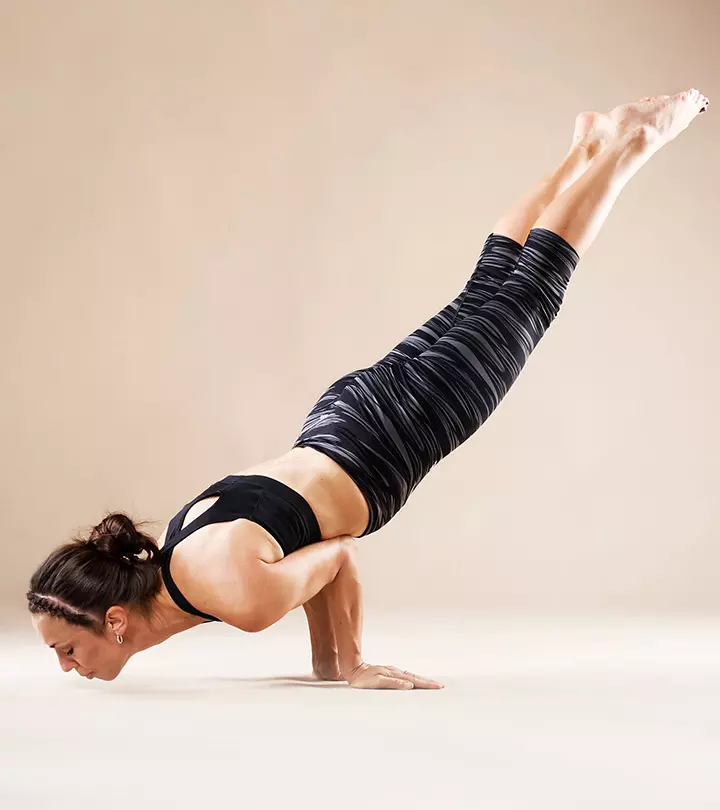
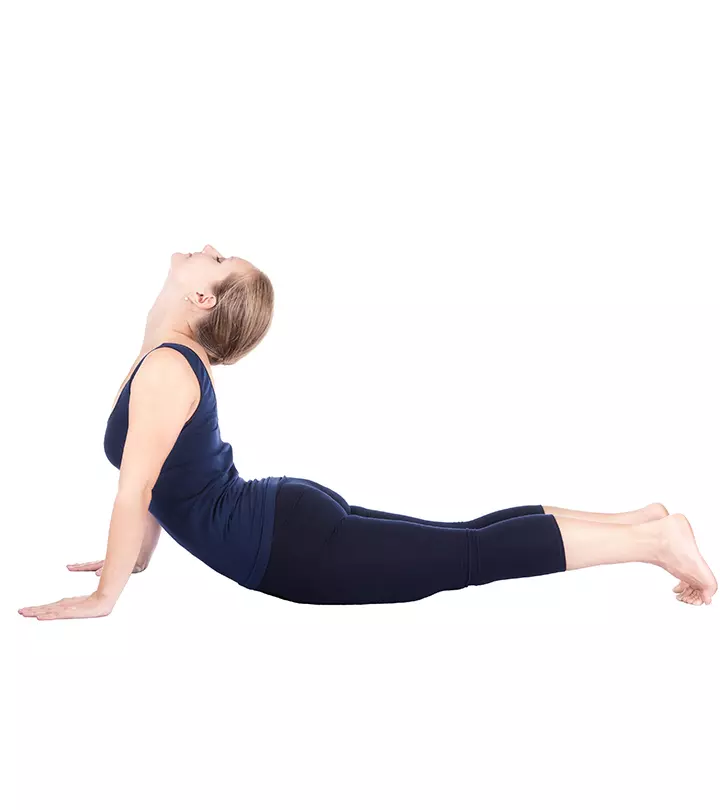
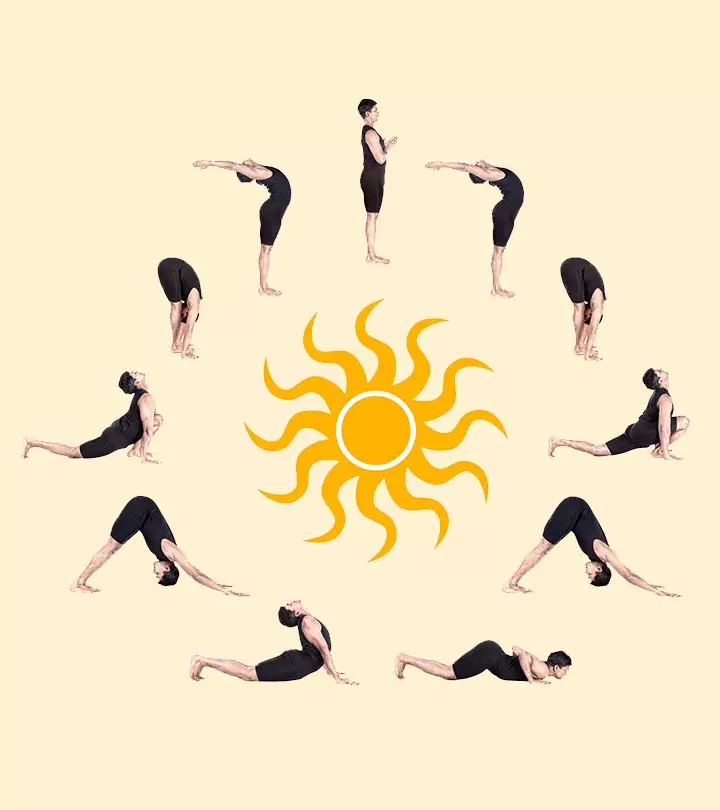
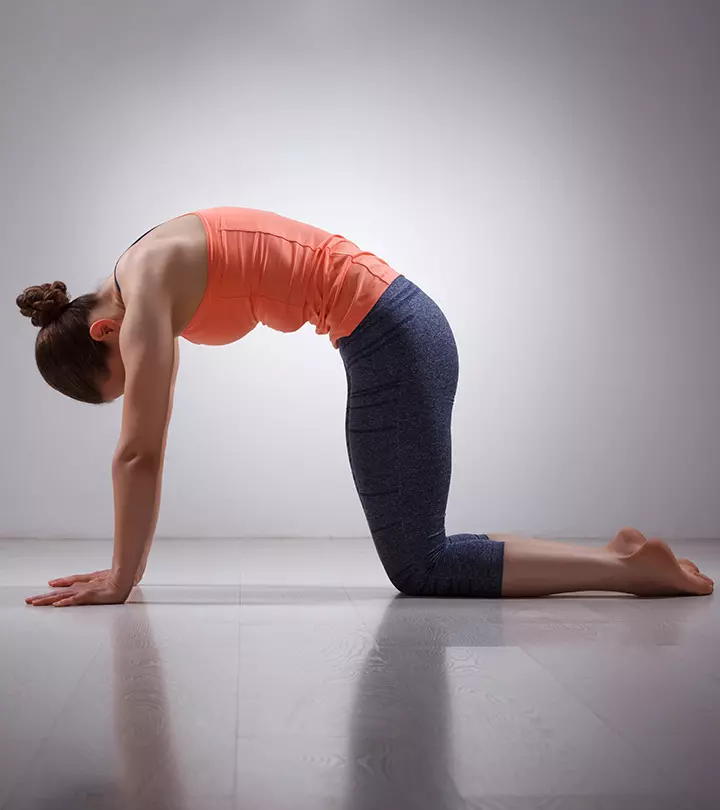
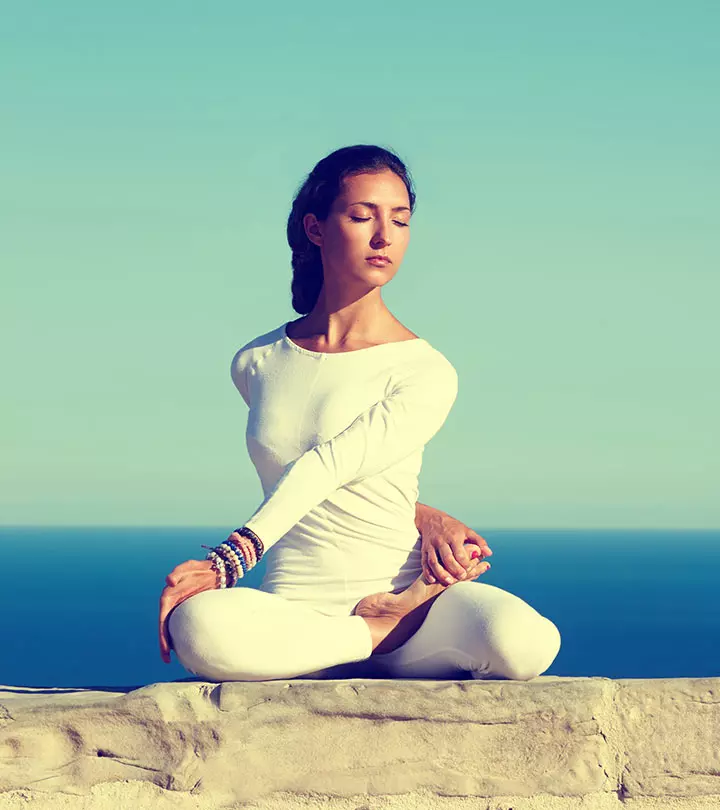

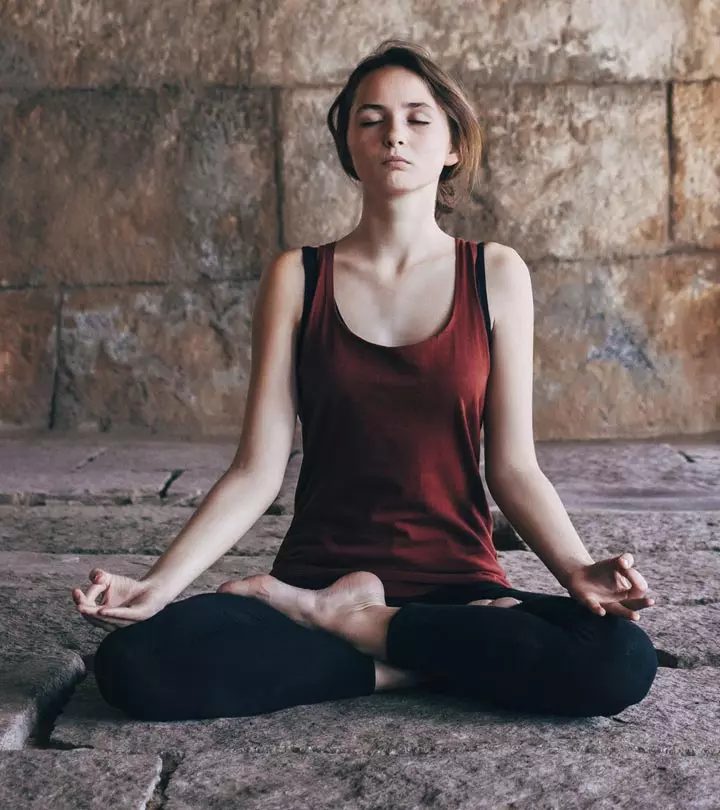
Community Experiences
Join the conversation and become a part of our empowering community! Share your stories, experiences, and insights to connect with other beauty, lifestyle, and health enthusiasts.